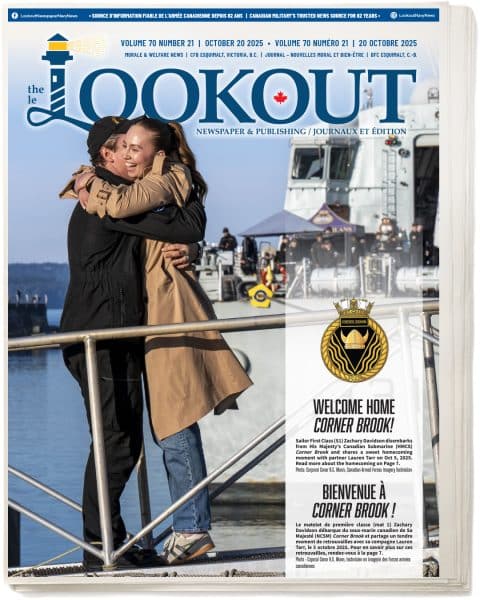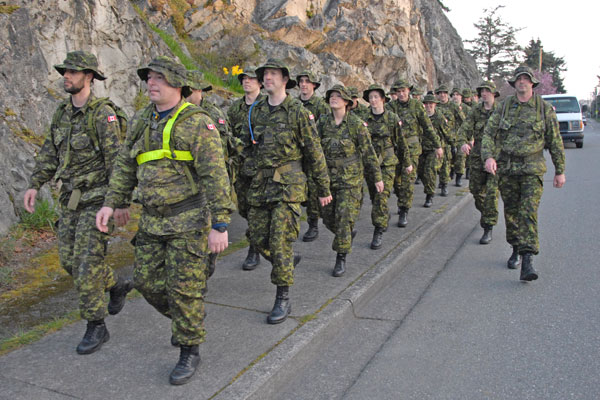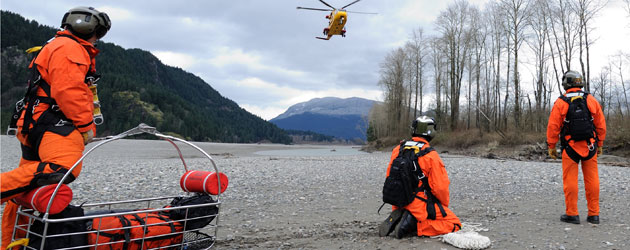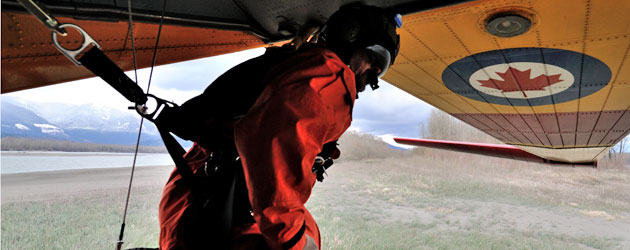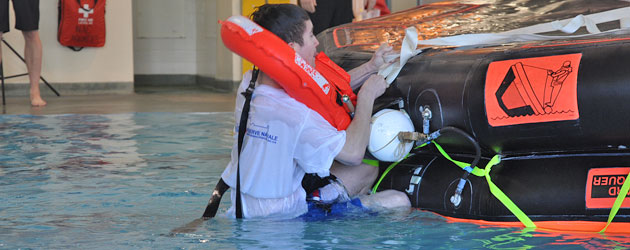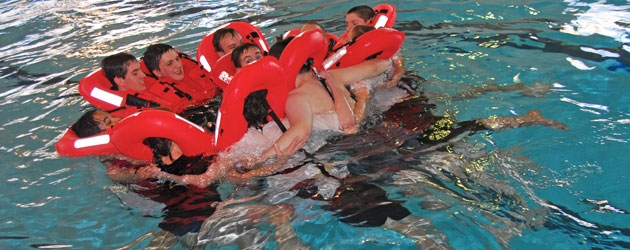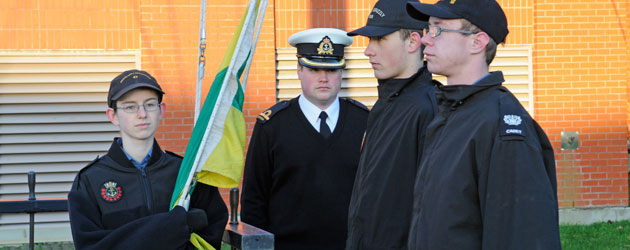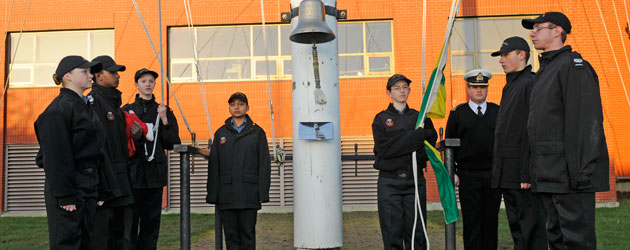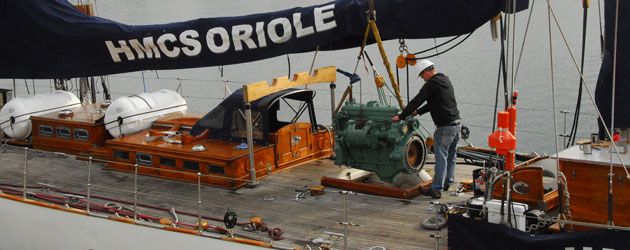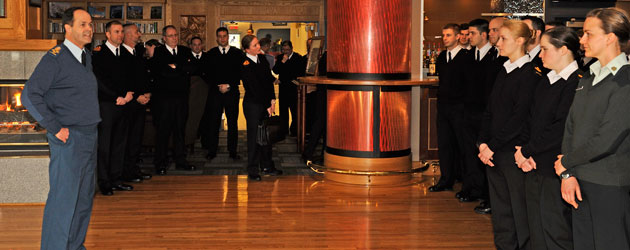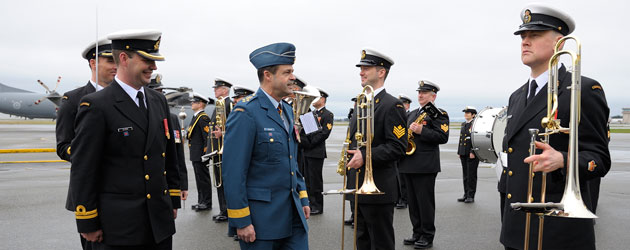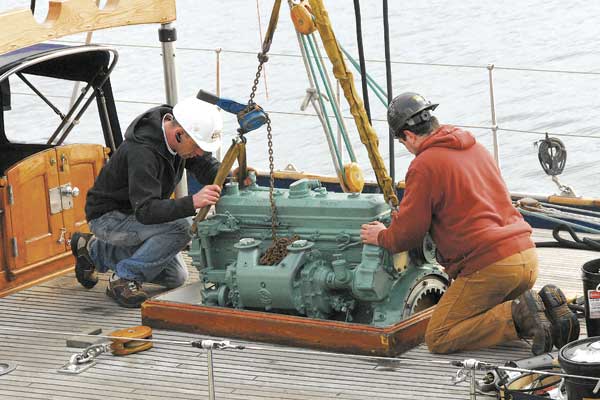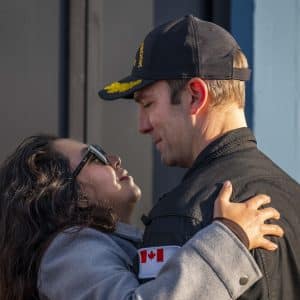
Highs and lows from local Boston Marathon runner
[caption id="attachment_3774" align="alignnone" width="300"] AB Sarah-Mae Pyndus shows off her 2013 Boston Marathon medal. She crossed the finish line with a personal best time.[/caption] Before the turmoil and ensuing tragedy from the bombings overshadowed the Boston Marathon, AB Sarah-Mae Pyndus was enjoying a moment of triumph. As she crossed the finish line on Boylston Street, she glanced at the clock: 3:22:32; it was a personal best. She had beat her previous record by more than 35 minutes. This was her third time tackling the long-distance running event.She placed 6,428 out of 23,336 participants, and placed in the top 11 percentage for her division – female 18-40. “I don’t run for myself,” said the 25-year-old who works as a naval communicator in HMCS Calgary. “When I run, I think about my family, my boyfriend and my ship. I’m really running for them. Every time I cross a mile marker I think of everyone who is watching me and I want to make them proud.”The marathon started 42.195 kilometres outside Boston at the town of Hopkinton. Runners were bussed to the start line. AB Pyndus describes running as both a physical and mental battle. “I knew my race was going well. Usually, by mile 20, I go through a point when I want to stop, walk, or give up and that is the mental wall you hit, but in this race I didn’t have that wall. I was really enjoying myself. I was in pain, my body screamed at me, and my knees, shoulders, and ankles were so sore, but then it went away,” she says.Upon completing the run, she grabbed a tin foil race blanket to keep warm, ate some energy food and walked to the John Hancock tower several blocks away for a post race massage.“About five minutes into the...
